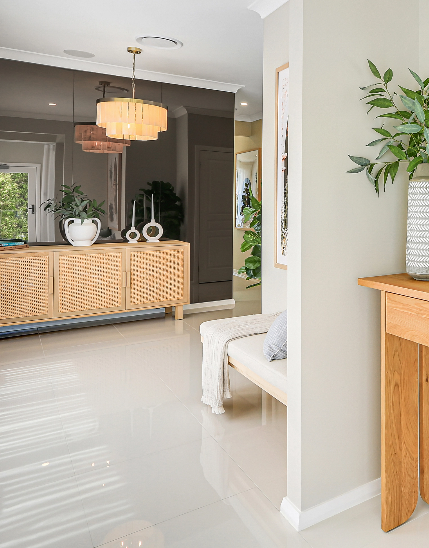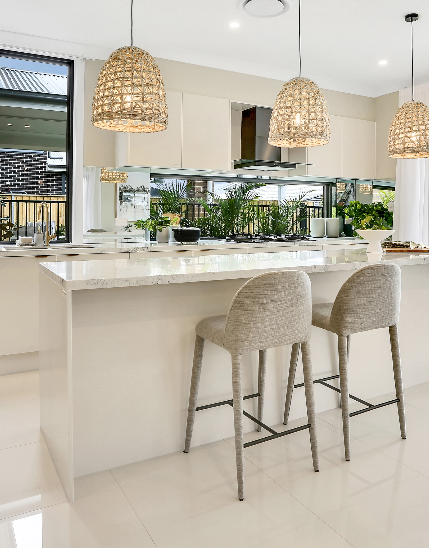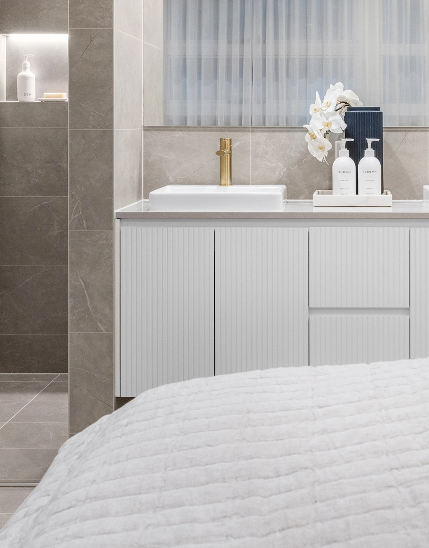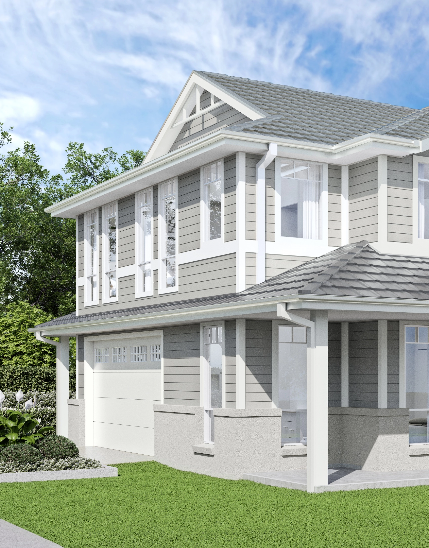10 top tips for when you are building a house – learn from an insider
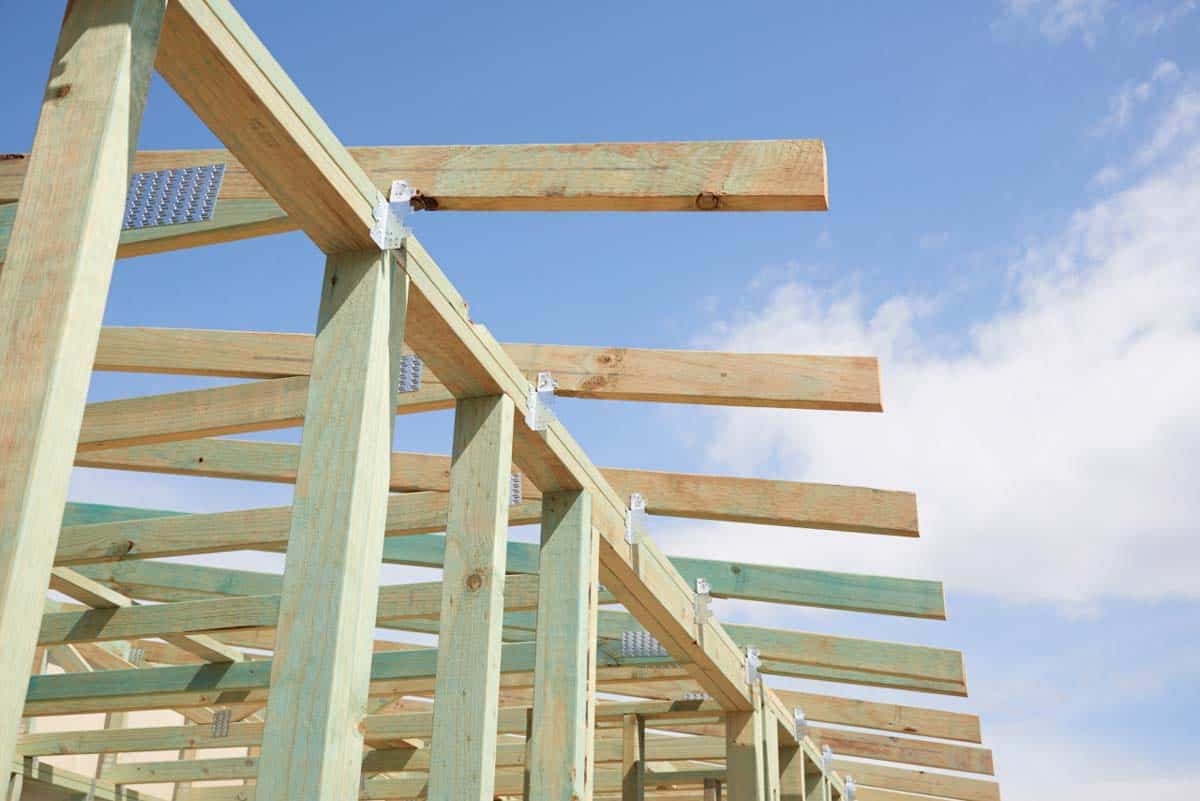
After being involved in more than 27 building projects, I’ve learned that there are a few things that can make the building process go more smoothly.
1. Read your building contract and fill in all the spaces. You would be amazed at the number of people who sign a building contract and leave the terms and conditions blank. Those spaces are there for you to set some terms for when things go wrong. Read your contract. Don’t sign it until every clause is complete.
2. Understand what is included in your total price for your house and land. How much allowance has been made for site works? Is that amount reasonable in the circumstances? Do you have rock, sand, or water table issues? A bit of research before you start building will prepare you for what is to come. Building contracts have an item for contingencies. You can expect a contingency budget of about 5 per cent on most contracts. If you are building in an area with sandstone or that is flood prone this could increase to 20 per cent.
3. What are inclusions with builder A, may be optional extras with builder B. A cheaper headline price may not give you the same value for money, as a price that – at first glance – may seem cheaper. Just like some airlines add on costs for meals, choosing your seats, jumping the queue and checking a bag, builders may add extra costs for floor coverings, anything but the cheapest tiles or taps, double power outlets (as opposed to single power outlets), and driveways or landscaping. A good tip is to create a spreadsheet and list all the things you want, then enter details of you three top builders. Enter the starting price of your preferred plan and each builder’s charge for those extras. The totals at the end may surprise you.
“Just like some airlines add on costs for meals, choosing your seats, jumping the queue and checking a bag, builders may add extra costs for floor coverings, anything but the cheapest tiles or taps, double power outlets (as opposed to single power outlets), and driveways or landscaping”
4. Think about how you live. A friend was telling me today that for her and her daughter, their bedrooms were their sanctuary. They needed rooms big enough to enjoy retreating to their own space. You may have young children who don’t need much space in their bedrooms but you want the peace of mind a family room can give. They can play while you are in the kitchen or at your desk. Giving careful consideration to how you and your family are going to live for the next five years can make a big difference to the floor plan you choose.
5. Floor plans – never has an area of house building been more important and so little understood. Try to see a 3D version of different floor plans, so you can visualise what the rooms will look like and understand what it may be like living in that amount of space. Walk around the neighbourhood where your favourite floor plan is being built. Often you can have a peek at a home that is not yet at lock up stage and get a good idea of what the final house will look like. Don’t go trespassing though or you will be in a whole lot of trouble. Some home owners are happy to show you their home. At least try to see a display home that has your floor plan (not one that has four bedrooms when you have three). However, display homes are designed to look enticing and the furniture is chosen to make the homes look spacious.
6. Still on floor plans, choose a builder who is flexible with their floor plans. Some builders, like Kaplan Homes, offer real flexibility – so, if you want House A with the family room from House B, then a builder who will accommodate that request can save you thousands.
7. And talking about changing things from the standard plan, beware of scope creep. You have chosen your land, picked your builder, selected a plan and started building. Now, as you do the inspections you see the taps, toilets and tiles aren’t quite like what you had imagined. Of course, most builders will change these to your new specifications but there will be a cost. Try – unless it’s really something you can’t live with – to stay with your original decision.
8. Here is the top tip of a friend who supervises building projects for her clients. “Looking at that kitchen plan, try to imagine all your things fitting in the cupboards and drawers. Does the kitchen work the way you would like?” Her other top suggestion is the more drawers the better in a kitchen. You don’t want to be head first in a corner cupboard trying to extract your favourite big platter, just because it’s the only place it will fit.
9. Try for a plan that offers at least two toilets and two basins. Separate toilets are preferable but not always possible. That morning rush hour where you are trying to get yourself, your kids and partner ready for work or school are made that bit easier with two basins and two toilets.
10. And, we’ve saved the best to last. Make sure you pick a builder who seems professional, has integrity and is honest. That’s easier said than done but check their testimonials, research their reputation. Ask if you could speak to a client who is building with them now. Once, you are satisfied, sign your contract knowing you are prepared for one of life’s most exciting and rewarding adventures – building your own home.

Smarter Building Starts Here
Experience a Kaplan Display Home from the comfort of your couch.
Sign up for expert tips, inspiration and the latest from Kaplan Homes.
7 DISPLAY HOME LOCATIONS ACROSS SYDNEY
